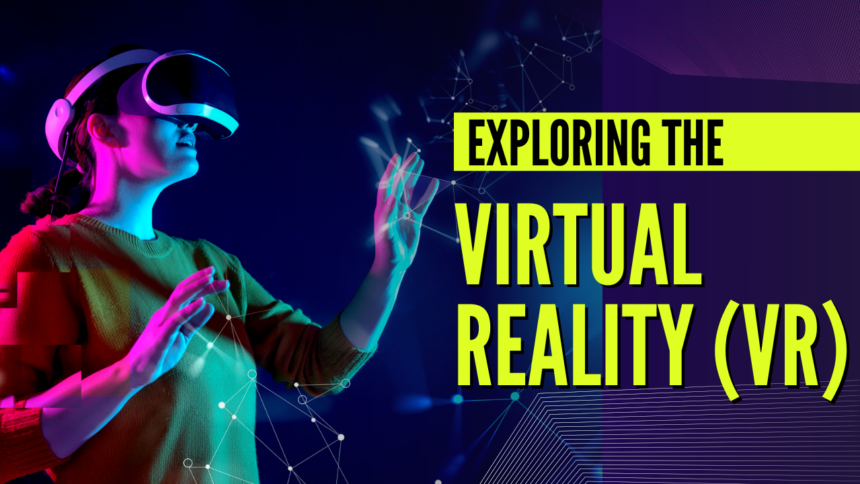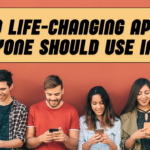The first time I tried VR, I was standing in the middle of a virtual art gallery. I turned my head and paintings came into view, each one floating in this surreal, 3D space. Then I reached out and the painting moved. It was weird, a little clunky, but completely unforgettable.
Since then, VR has come a long way.
What used to be a pricey toy for gamers is now spreading into classrooms, therapy sessions, fitness routines, and even remote job training. And it’s doing something a lot of tech doesn’t: it pulls you in, fully. No tabs, no distractions just you and the experience.
So if you’re curious, here’s what to know about stepping into the virtual world and why more people are giving it a serious look.
It’s Not Just for Gaming Anymore
When most people think “VR,” they picture someone waving controllers around while playing a zombie game. And yeah, that exists. But the list of uses is growing fast.
You’ve got:
- Teachers using it for virtual science labs.
- Architects walking clients through building designs.
- Therapists using it to treat anxiety through controlled exposure.
- People working out in fully interactive spaces (boxing games hit different when your opponent moves with you).
VR is turning into a tool that adapts not just entertains.
The Feeling of Presence Is Wild
Watching a video on a screen is one thing. Being inside the scene is something else entirely.
In VR, you’re not just observing you’re part of the moment. Look up, down, behind you. Interact with objects. Walk through environments.
That sense of presence is what makes it stick. You don’t just remember the information you remember how it felt. That’s powerful, especially for learning and storytelling.
What You’ll Need to Get Started
If you’ve never tried VR, here’s the good news: it’s easier to access now than it was even two years ago.
- Standalone headsets like the Meta Quest work without a PC or console. Just strap it on and you’re in.
- PC-tethered headsets give better visuals and power, but need more setup.
- Phone-based options are still around, though less common now.
Start simple. You don’t need the fanciest gear to get hooked even basic experiences are surprisingly immersive.
It Can Be Social, Too
This part surprised me: VR can be weirdly personal and social at the same time.
You can meet friends in virtual hangout spaces, play games together, or attend live events concerts, meetups, even work meetings all without leaving your room. You see avatars, hear voices, and feel like you’re with people, even if they’re on the other side of the world.
It’s not a replacement for real-world connection but it adds a new layer to how we hang out and work together.
It’s Not Perfect and That’s Okay
VR has its limits. The gear can still be bulky. Some people feel dizzy after a while. And yes, you will accidentally punch a wall or knock over a lamp if you’re not paying attention.
But like any tech, it’s evolving. Updates are coming fast smaller headsets, better visuals, smarter hand tracking. Each version makes things a bit more natural, a bit more intuitive.
If you try it now, you’re not just using a tool you’re watching a new way of interacting with the world take shape.
Final Thought: Why It’s Worth Exploring
You don’t need to be a gamer or a tech nerd to enjoy VR. You just need to be curious. Whether it’s walking through an ancient ruin, standing on stage in a virtual theater, or learning anatomy by moving through a 3D human body it’s the kind of tech that makes you feel something.
And honestly, that’s kind of rare.


